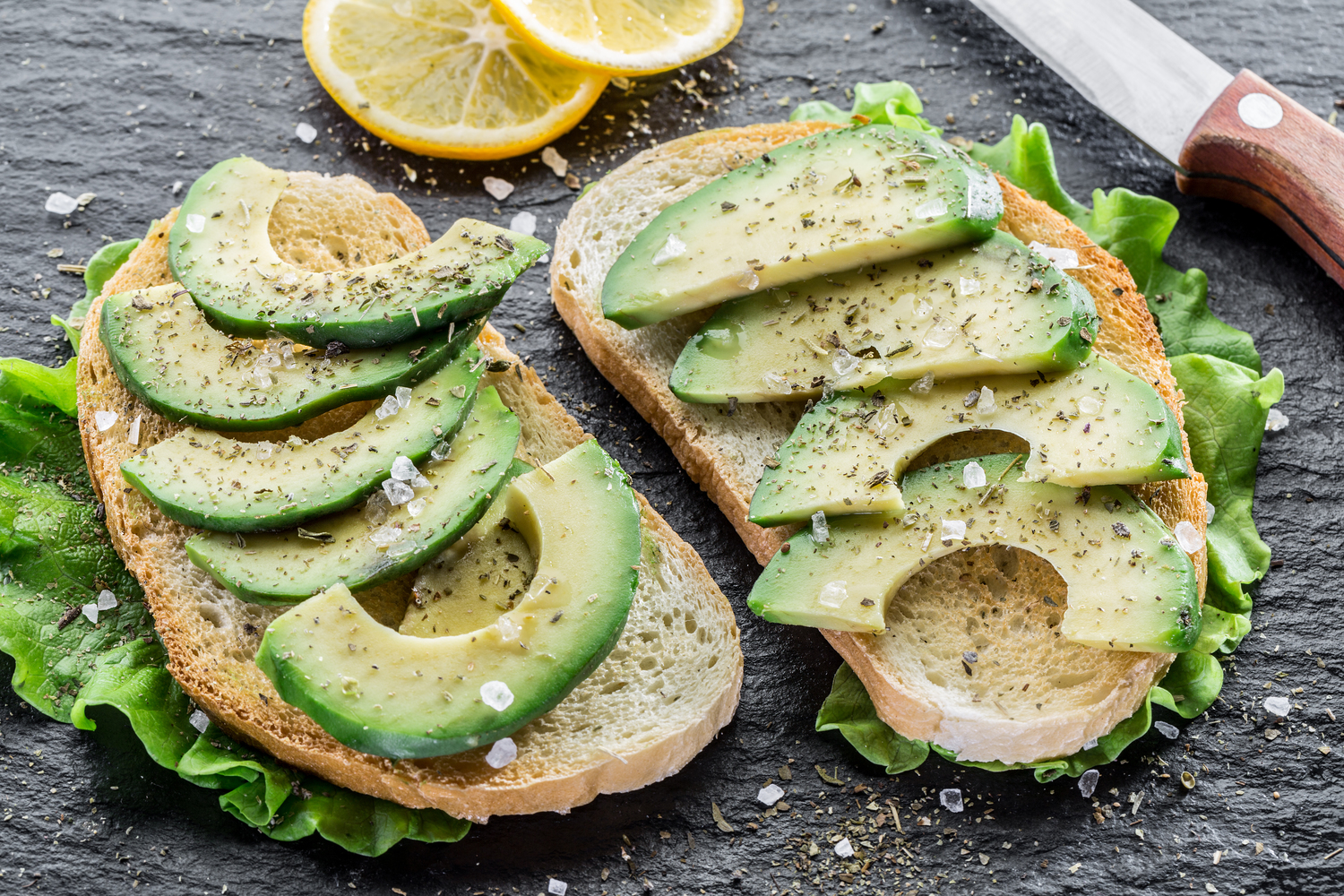
7 Superfoods That Help Bipolar Disorder
Back in the day, the medical community struggled to understand and treat the symptoms of bipolar disorder. But in today’s world, medication, therapy sessions and small lifestyle changes can have a tremendous impact on symptoms. In this post we take a look at several superfoods that can help to regulate the symptoms of bipolar disorder:
1. Avocados
Avocados can prove to be a critical super food when it comes to fighting various symptoms of bipolar disorder such as depression. It is rich in folic acid and omega-3 fatty acids. Omega-3 fatty acids can help to reduce inflammation and regulate neurotransmitters in the brain. Additionally, its monounsaturated fat content can help to lower blood cholesterol level and keep your blood pressure levels from going too high.
2. Beans
Beans such as lima, soy, lentils and chickpeas fall under the legume family and are all excellent sources of magnesium. Even though more research is needed to determine just how effective it is at treating bipolar disorder it has been known to reduce anxiety and depression which are symptoms that go hand-in-hand with bipolar disorder. They are also rich in folate as well. Data suggest that a lack of folic acid has been linked to higher amounts of homocysteine. This in itself has been linked to bipolar disorder.
3. Walnuts
Data suggest that less than 50% of Americans consume the recommended amount of nuts on a daily basis. Nuts such as peanuts, cashews and almonds are rich in magnesium which can have a calming effect on the nervous system. Magnesium also plays an important role when it comes to maintaining cortisol levels and the body’s stress responses. When it comes to omega-3 fatty acid content, walnuts feature much higher levels than any other nut. It also consists of polyphenols which can help to combat inflammation and oxidative stress, two common side effects of experiencing depression.
4. Spinach
Magnesium has been shown to provide a similar effect to lithium which is the most commonly prescribed bipolar medication. Magnesium can be found in beans, whole grains and leafy vegetables such as spinach.
5. Fresh fruit
According to a study which was published at the Frontiers in Psychology, people who ate raw fruit, tend to experience fewer instances of depression and improved mood compared to people who consumed an excess of processed or canned options. Scientists believe that raw produce leads to better mental health because raw options have more nutrients than their processed and frozen counterparts.
6. Dark chocolate
Chocolate can have a profound impact on your mood as a result of its phenylethylamine content. Phenylethylamine (PEA) can be best described as being a hormone-like substance which the body naturally produces. PEA consumption has been linked to increased attention, energy and mood. Studies have shown that people who experience instances of depression and sadness, typically have lower levels of phenylethylamine. One prominent study showed that upon getting PEA, 68% of the group reported a feeling of euphoria and enhanced mood. Based on the fact that this hormone gets released by the body when we exercise, it’s also believed that this hormone is the reason why joggers experience a runner’s high after going for a long session.
7. Tofu
Serotonin is a hormone that regulates mood, sleep cycles and our overall well being. Even though tofu does not contain serotonin, it features 3 different compounds which stimulate serotonin production: isoflavones, complex carbohydrates and tryptophan. Tofu is regarded as being one of the best sources of isoflavones. Isoflavones help to manage sex hormones, which help to reduce your risk of getting certain forms of cancer. Isoflavones can also help to increase serotonin production in the body.


